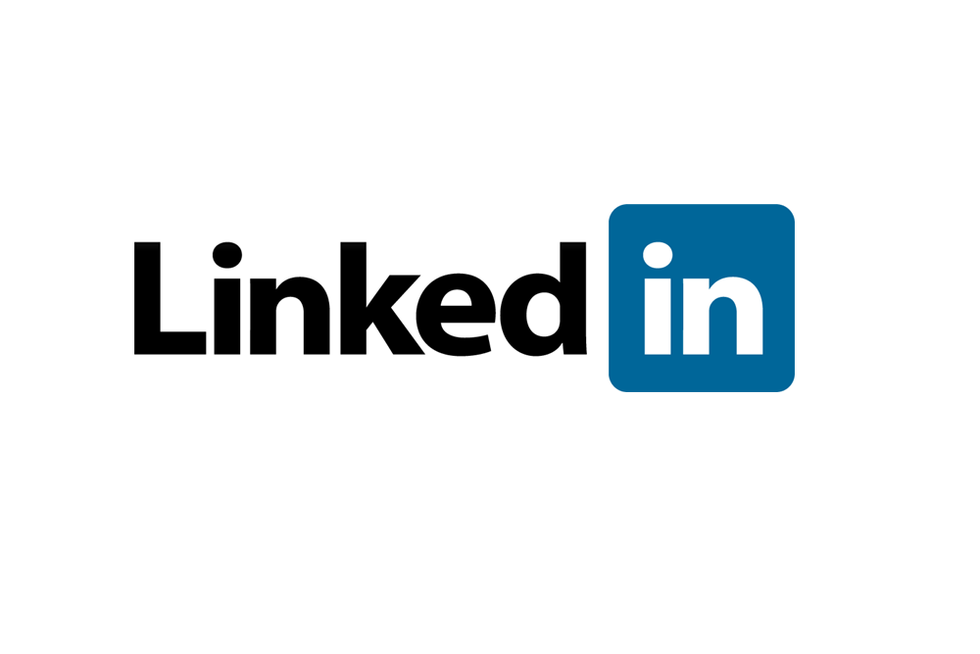
This article is part of an exclusive month-long program on CAREEREALISM to help readers break free of The Golden Handcuff Effect. Click HERE to learn more about the Professional Emancipation Project, a.k.a. The P.E.P. Talk.
Are you stuck in a dead-end job? Not making the money you deserve? Just need a change? But afraid your boss will find out if you start looking for a new job? LinkedIn to the rescue!
Obviously, you don’t want to use words like seeking, pursuing, or looking in your LinkedIn profile—that’s the quickest way to the unemployment line. But sprucing up your profile, joining the right groups, and “following” companies you’d like to work for are a few of the easy steps you can take when looking for a new job “under the radar.”

Spruce Up Your Profile
If you have used your LinkedIn account sparingly and all of a sudden there’s a flurry of activity, this might be a red flag to your boss. Therefore, if you plan to make major edits to your profile, go to Settings and turn off your activity broadcasts until you have completed your updates. Then turn them back on. To be on the safe side, you may want to make changes over a period of time rather than all at once. Keywords. Use plenty of the keywords hiring managers and recruiters might use to find people with your specialties and skills (e.g., job duties, titles, industry certifications, software expertise, etc). Summary. This is tricky. You need to look like a happy employee while at the same time touting your expertise and accomplishments. Keywords are definitely important. For example, “Johnson Company always puts the customer first, and my attention to detail and ability to provide excellent customer service make me a good fit at Johnson.” Experience. Include a detailed description of your accomplishments for every job entry you include in this section. You’re trying to differentiate yourself from other job applicants, so don’t skimp here. Headline. You only get one shot at a first impression. Make it a good one. It’s short—only 120 characters—so you’ll need to be creative. And be sure to include your best keywords. Skills. LinkedIn members will give you Endorsements for your skills, and you’ll want to focus on including the skills you hope to use in your new job. Education. In addition to your general educational background, include any specialized courses you’ve completed. Describe them in detail and use lots of keywords. Projects. Use this section to highlight specific job-related projects. You can link to a web page where the project is displayed. Seeing is believing! Special Profile Sections. Options include Languages, Test Scores, Publications, Courses, and Patents. These are a terrific way to impress readers of your profile and differentiate yourself from other candidates. Honors & Awards. If you’ve got them, flaunt them. Recommendations. Outside corroboration of the information on your profile is extremely important. Try to get at least two or three recommendations for each job and educational entry. You probably don’t want to ask your boss for a recommendation, but customers, vendors, and college professors (for recent grads) are great options.Be Proactive
Once your profile is in tip-top shape, you’re ready to start actively looking for a job. Jobs Tab. Use the Advanced Search function here to laser focus your search. You can save up to ten job searches. It’s like having a 24/7 virtual assistant. LinkedIn will alert you when jobs are posted that meet your criteria. Saved Searches. With a free LinkedIn account, you can save three Advanced People Searches. Use these for your target companies—the places you’d most like to work. Groups. Join industry groups, and check each group’s Jobs Tab for job postings. If you join job-hunting groups, don’t post discussions or show the group logo in your profile. Do participate in industry groups and demonstrate your thought leadership. Status Update Searches. On your home page toolbar, go to News>Signal and search for your target companies. Save any searches that produce good results. Many HR professionals use status updates to announce job openings to their network. You can find them here—even if you’re not part of their network. “Follow” Companies. Go to the Companies section of LinkedIn and “follow” your target companies. You will then be notified of job postings and employment changes at the company. If you follow this advice, HR professionals and recruiters will start discovering your profile. But don’t just sit around and wait for a job offer. Be an active part of the 200 million member LinkedIn community, and before you know it you’ll have landed the job of your dreams.The P.E.P. Talk
This article is part of our P.E.P. Talk Series. Over the next month, some of the brightest and best authors, business professionals, and coaches are coming together to share their valuable advice for breaking free of "The Golden Handcuff Effect" so you can take full ownership of your careers and experience Professional Emancipation.

 Bigstock
Bigstock Bigstock
Bigstock Bigstock
Bigstock


